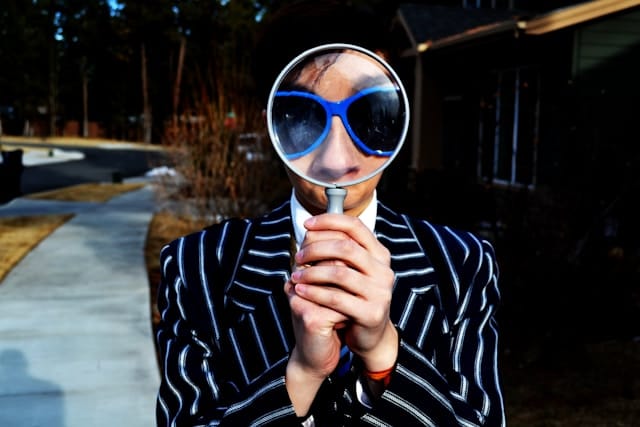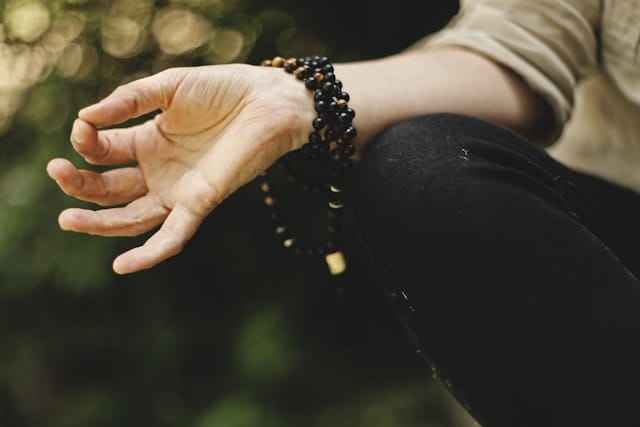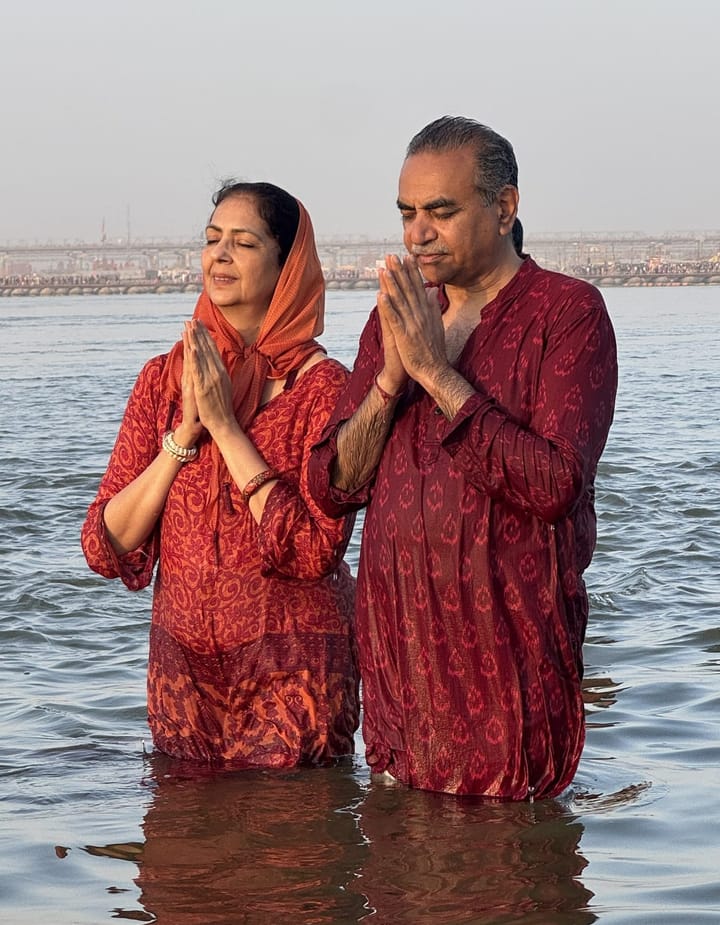Looking for the Demon in Modern Times
The spirit of self-inquiry allows us to recognize our divine attributes and identify the demonic tendencies we embody... The influence of the Kaliyuga is evident in all of us. The pressing question is: what should we do, and what should we avoid?

The decline of values in society and in people’s character is a topic of significant discussion today. Many people are quick to point fingers at others, yet few acknowledge their own flaws. As my teacher used to say in such situations, “It is never the ‘I’; it is always the ‘he’ or the ‘she’.” Today’s world seems to be caught in a blame game. Grandparents blame parents, parents blame teachers, teachers blame the education system, and the education system blames society. Society, in turn, blames individuals, who often cite societal pressures and modernism as the culprits. Many also blame various external influences, such as cinema, clothing trends, TV serials, advertising companies, and the open sale of drugs. This cycle of blame continues endlessly, with our forefingers always pointing at someone else. However, if we look closely, when we point one finger at someone, the remaining three fingers point back at us. Yes, we are to blame.
Each one of us possesses both good and bad traits. Unfortunately, our darker tendencies seem to be flaring up beyond measure. Are there any truly good people left? Are all people inherently bad? How can we set things right? Reflecting on the history of India offers some valuable insights.
In the Treta Yuga, when Bhagwan Rama walked the Earth, the virtuous lived in Ayodhya and Kishkindha, while evil-minded demons resided in the Dandaka forest. Bhagwan Rama personally ventured into the Dandaka region to vanquish demons like Taraka, Subahu, Khar, Dooshan, and Ravana. It is said that he eliminated thousands of Rakshasas during his journey, relieving sages of their long-standing pain and suffering.
In the Dwapara Yuga, Bhagwan Krishna lived among both good and evil people within the same kingdom. The Pandavas and Kauravas fought over the same throne. In this complex situation, Krishna made a significant choice: he gave his entire army to the Kauravas while aligning himself with the Pandavas alone. He chose to drive Arjuna’s chariot and vowed not to wield any weapons. This decision carries a profound message: God drives your vehicle, body, and mind, but leaves the choice of action to you. While He guides you, it is ultimately up to you to determine your course of action, and then God assists in executing your decisions.
In the Kaliyuga, the divine and the demonic coexist within each individual. We all possess both good and bad tendencies. Each of us can be kind, truthful, hardworking, and helpful at times, yet we can also exhibit unkindness, dishonesty, laziness, and unhelpfulness at other times.
In the Treta Yuga, the gods and demons were distinctly different. The culture of figures like Rama, Janaka, Nishad Raj Guh, and sages such as Vishwamitra and Vasishta was filled with piety and purity, serving as protectors and preceptors of society. In contrast, demons like Ravana, Mareecha, and Surasa embodied greed, lust, gluttony, and jealousy.
In the Dwapara Yuga, the gods and demons coexisted within the same cultural environment. The Pandavas and Kauravas, who were first cousins, grew up together in the same palace and were trained in warfare by Guru Dronacharya. Despite this shared upbringing, they became adversaries. The Pandavas sought Krishna’s wise counsel, while the Kauravas were misled by the evil-minded Shakuni.
In Kaliyuga, the divine and demonic reside within the same body. Our character is a mix of greed and benevolence, anger and calmness, truthfulness and deception. In the Treta Yuga, God personally intervened to eliminate demons, with Bhagwan Rama himself confronting Ravana. In the Dwapara Yuga, Krishna took on the role of Arjuna’s charioteer without wielding any weapons.
In Kaliyuga, God remains neutral. The responsibility of conquering the inner demon has been entrusted to humanity. God is reminding us that both the divine and the demonic exist within us. The one we choose to nourish will thrive, while the other will fade away.
The spirit of self-inquiry allows us to recognize our divine attributes and identify the demonic tendencies we embody. Today, we have been granted considerable independence and freedom, yet many are nurturing their demonic nature while neglecting their divine essence. The influence of the Kaliyuga is evident in all of us. The pressing question is: what should we do, and what should we avoid?
It is the spiritual seeker, the enlightened individual, who can discern the difference between demonic and divine natures and choose to cultivate the divine spark within. By overcoming our demonic tendencies, our divine nature will naturally manifest. The aim of all spiritual practices is to cleanse and purify our minds.

Prayer serves as a powerful medium to connect with God and reveal where the demon resides in the Kaliyuga. Ultimately, life is filled with choices. There are many paths to take along the journey of life. The path we choose will determine our destination. It is up to us to choose between Bhagwan or shaitaan. If we value duty, honesty, integrity, and other virtues, society, the nation, and the world as a whole will have a brighter future. Our choices shape our destiny.
This piece has been published in AcadNews Network and can be viewed here https://acadnews.com/unmasking-the-inner-demon-navigating-the-struggles-of-modern-times/
Please subscribe to my blog to receive a notification through email whenever I publish something 😊
Your feedback is welcome. Please share your thoughts in the space below.




Comments ()